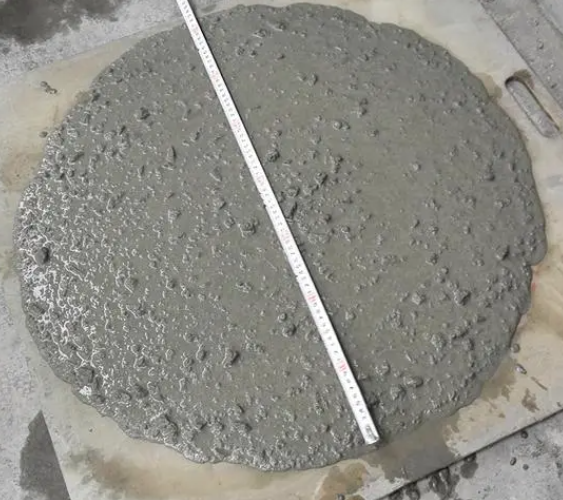Post Date:22,Jul,2024
Sticky pot phenomenon occurs:
Description of the sticky pot phenomenon:
Pot sticking phenomenon is a phenomenon in which the concrete mixture adheres excessively in the mixing tank during the concrete preparation process, especially after adding a water-reducing agent, making it difficult to discharge the concrete smoothly from the mixing tank. Specifically, the concrete mixture adheres closely to the inner wall of the mixing tank, and even forms a thick concrete layer. This not only affects the continuity and efficiency of the mixing process, but may also occur because the adhered concrete gradually dries and hardens over a long period of time. Further increasing the difficulty of cleaning.

Analysis of causes of sticky cans:
The emergence of the sticky pot phenomenon is first closely related to the use of water-reducing agents. The main function of water-reducing admixture is to improve the fluidity of concrete, but if it is improperly selected or added in too much amount, it will cause the concrete to become too viscous and adhere to the wall of the mixing tank, making it difficult to unload. In addition, the properties of the concrete raw materials also have a significant impact on the pot sticking phenomenon. For example, factors such as the chemical composition of cement, particle size distribution of aggregates, and mud content will directly affect the fluidity of concrete. When the content of certain ingredients in these raw materials is too high or too low, it can make the concrete sticky and cause sticking problems. At the same time, operational control during the mixing process is also an important reason for sticky cans. If the mixing time is too long or the mixing speed is too fast, excessive heat and friction may be generated in the concrete during the mixing process, resulting in an increase in the viscosity of the concrete, which may lead to pot sticking.
The solution to the sticky can problem is as follows:
To solve the problem of sticky cans, we should first start with the selection and use of water reducing agents. For the specific formula and usage environment of concrete, we need to select the appropriate type of water-reducing agent and strictly control its dosage to prevent excessive use from increasing the viscosity of concrete. At the same time, optimizing the concrete formula is also key. By adjusting core parameters such as water-cement ratio and sand rate, we can effectively improve the fluidity of concrete, thereby reducing the risk of pot sticking.
In addition to the above measures, daily maintenance and adjustment of the feeding sequence are equally important. After each use, be sure to clean the remaining concrete in the mixer in time to ensure that the inner wall of the mixing tank is clean and smooth, so as to create good conditions for the next mixing. In addition, adjusting the feeding sequence is also an effective solution. For example, first mix the aggregate and part of the water, and then add cement, remaining water and water reducing agent. This will help improve the uniformity and fluidity of the concrete and reduce the sticking phenomenon. . If the problem is still frequent, you may need to consider changing the mixer type and choose a mixer with a larger shaft diameter or a forced stirring function to fundamentally improve the mixing effect and solve the problem of sticking cans.
Post time: Jul-22-2024






